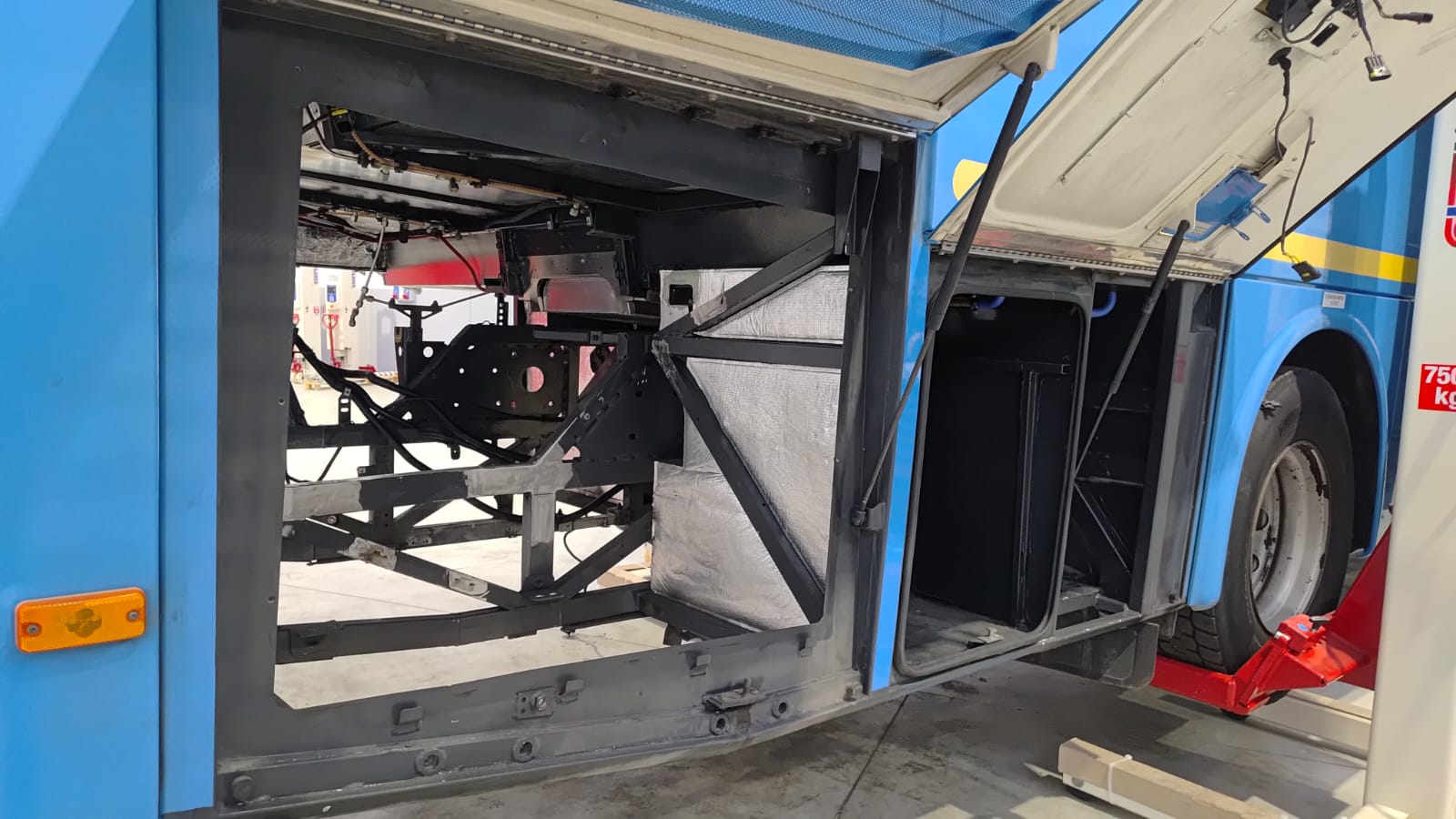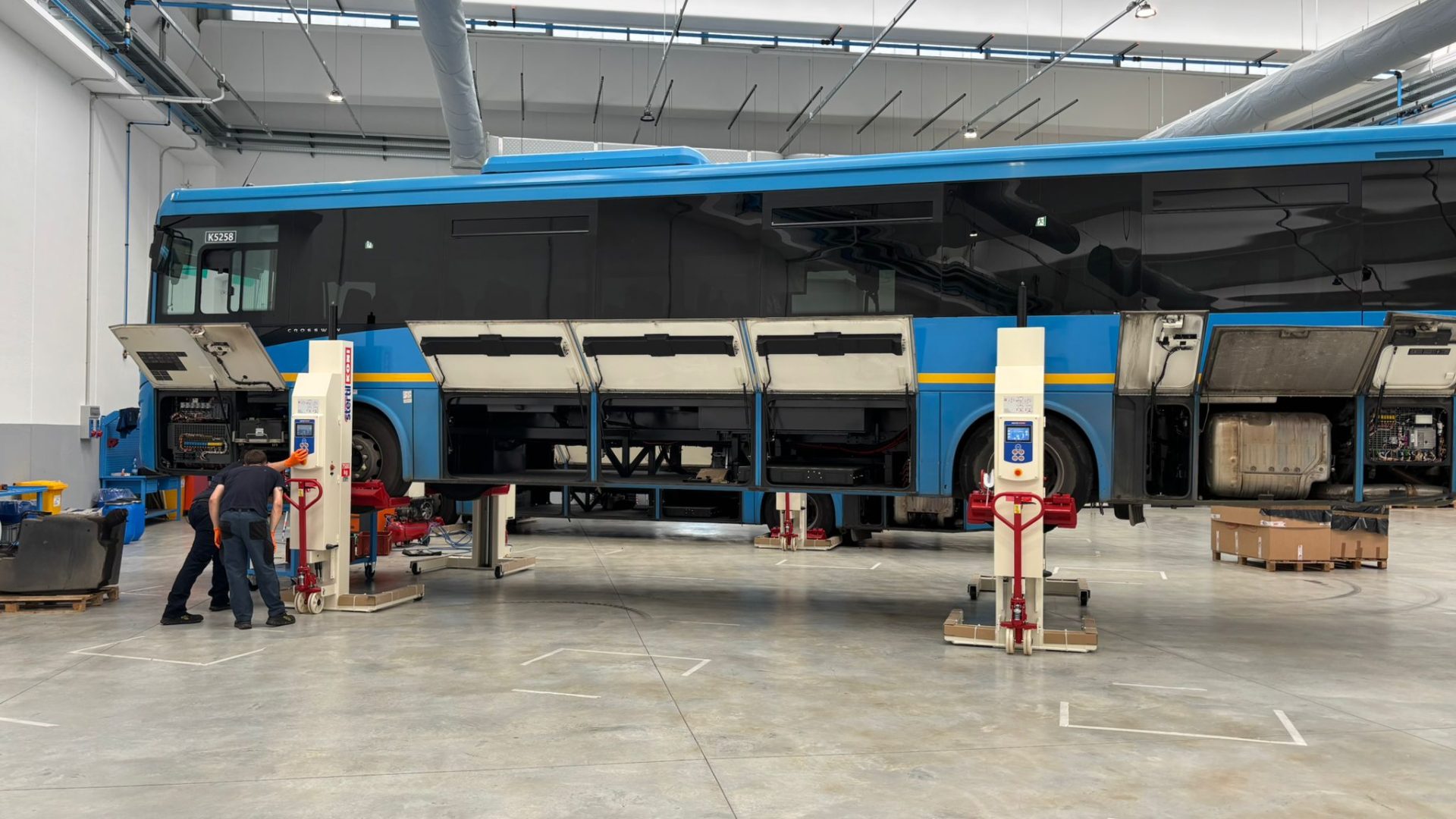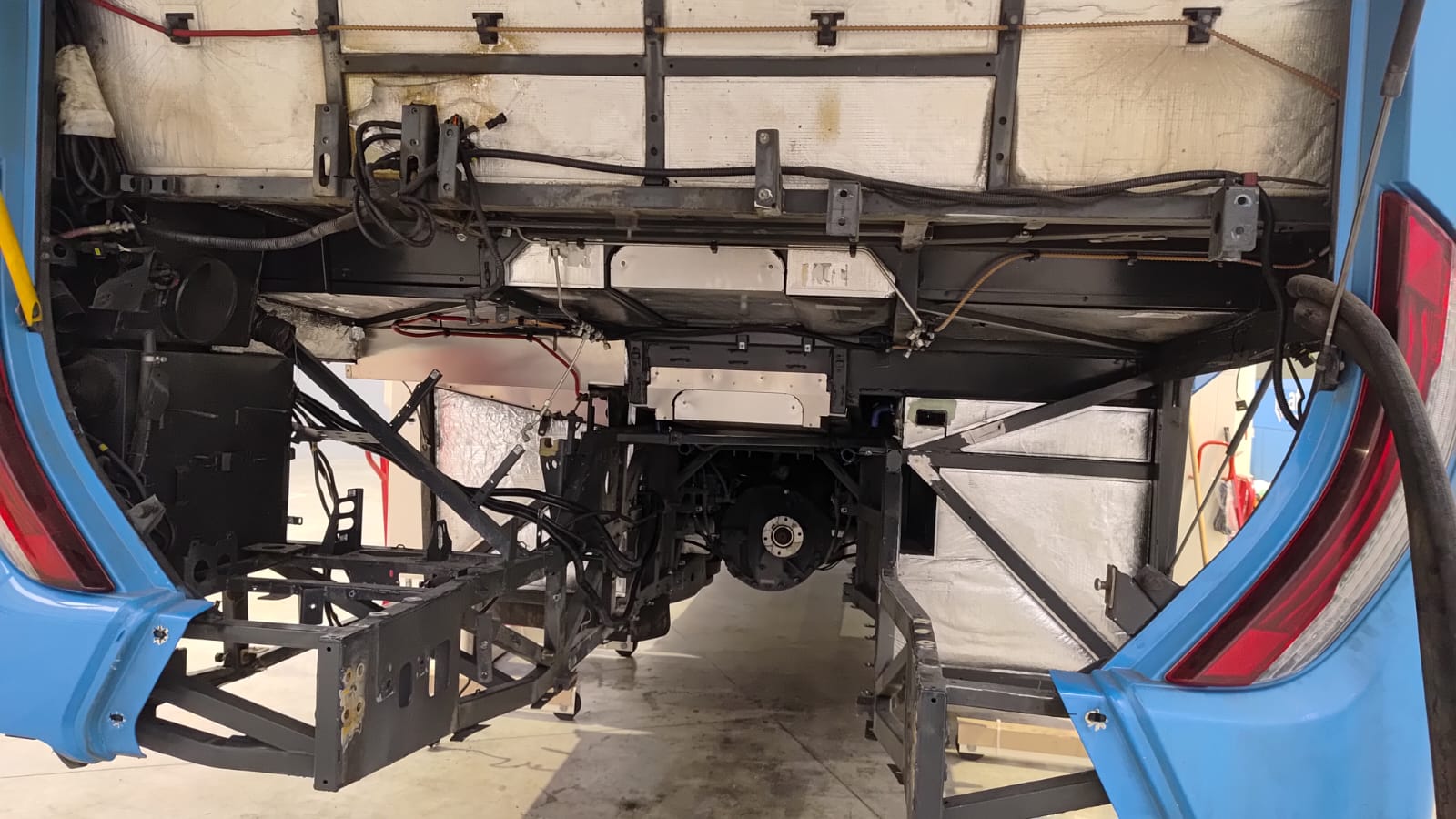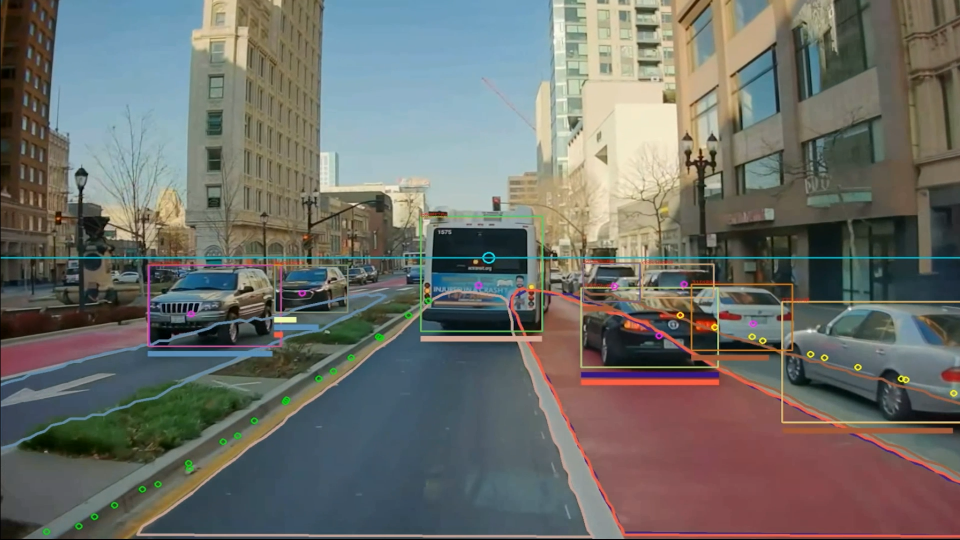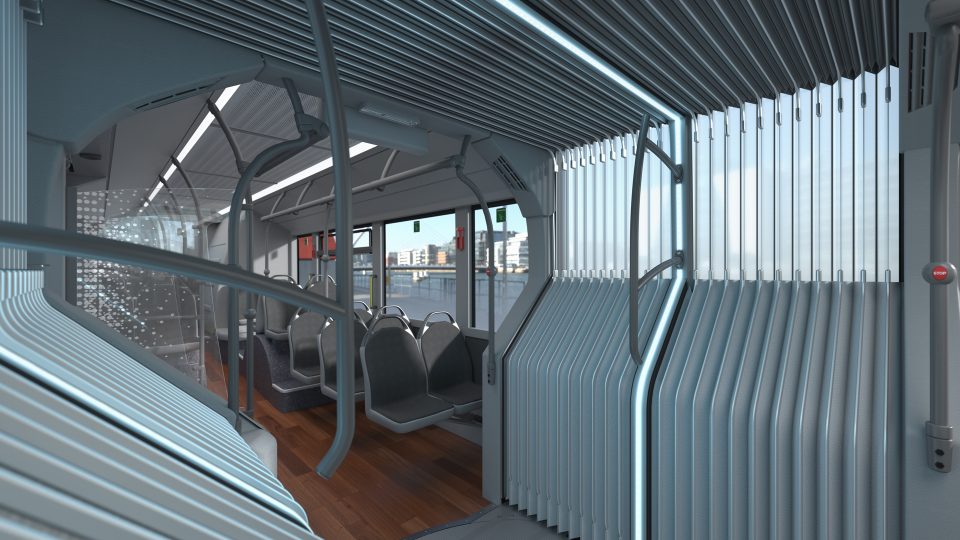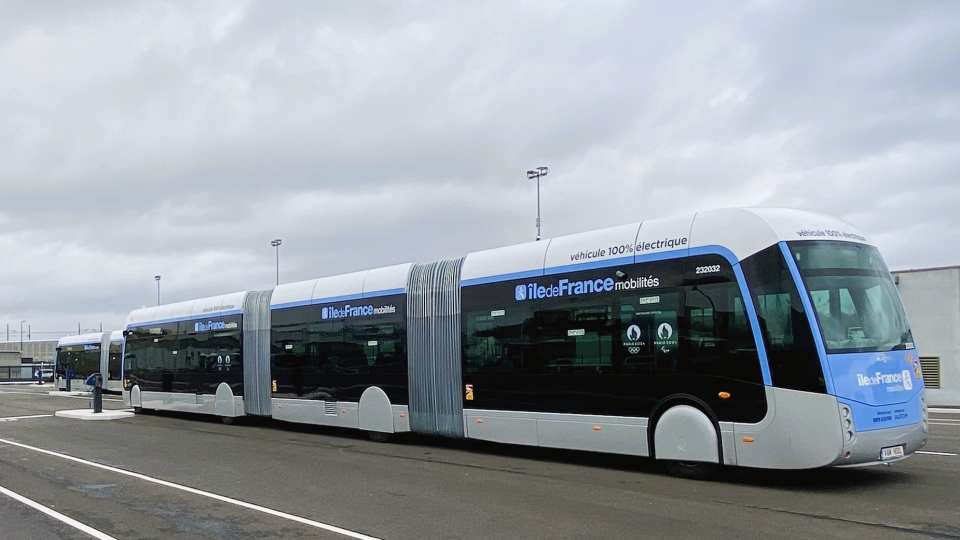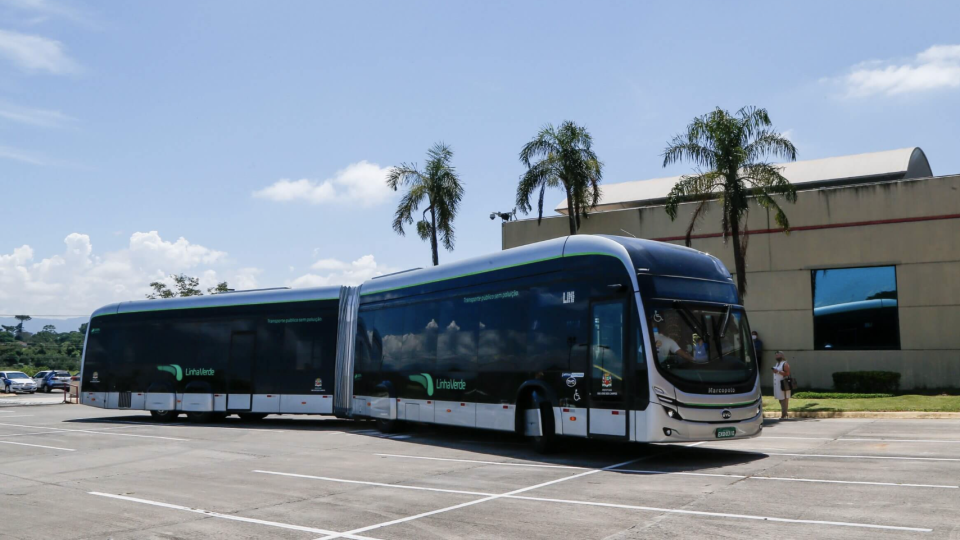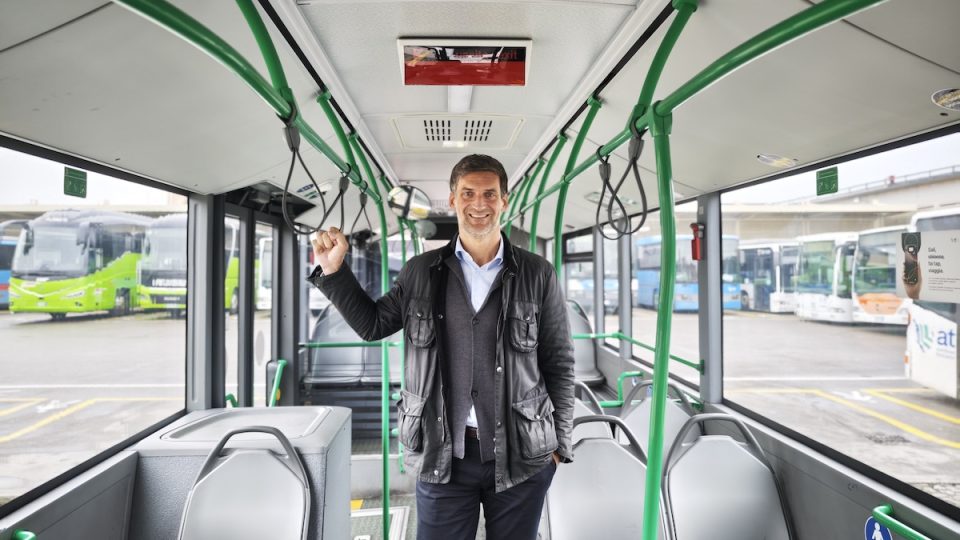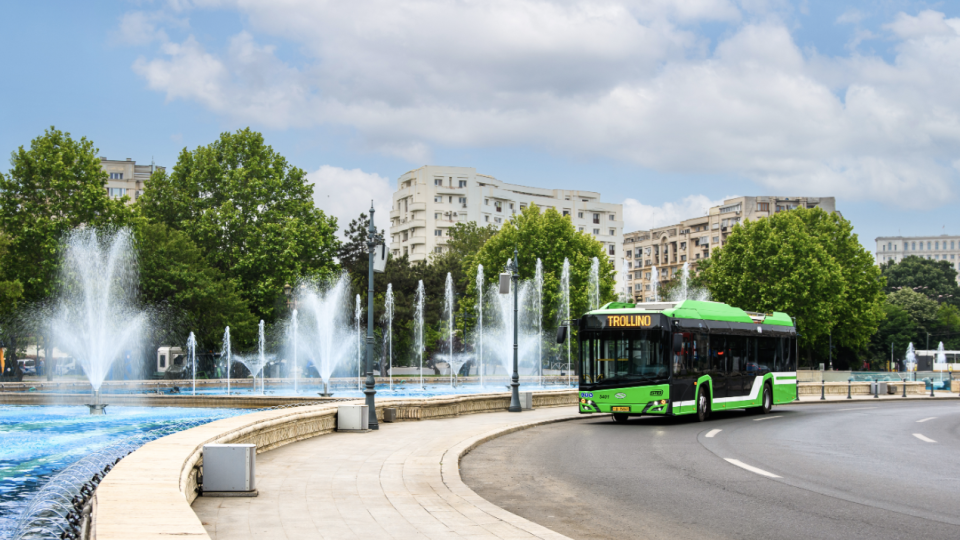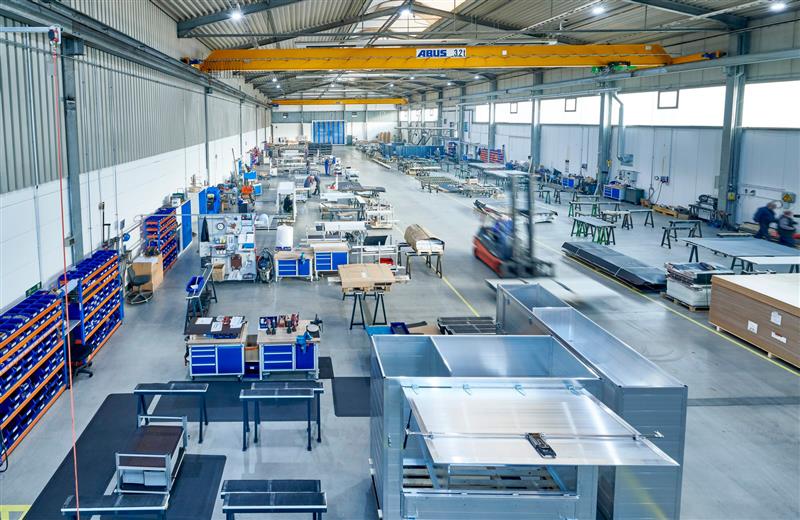Retrofleet, why choose retrofit to convert fleets. And save money
In recent years, the binge of funds put on the table by the National Recovery and Resilience Plan has allowed Italian transport operators, from North to South, to find themselves with millions and millions to invest in renewing urban bus fleets, strictly in the name of zero emissions. And so, in this five-year post-Covid period, […]
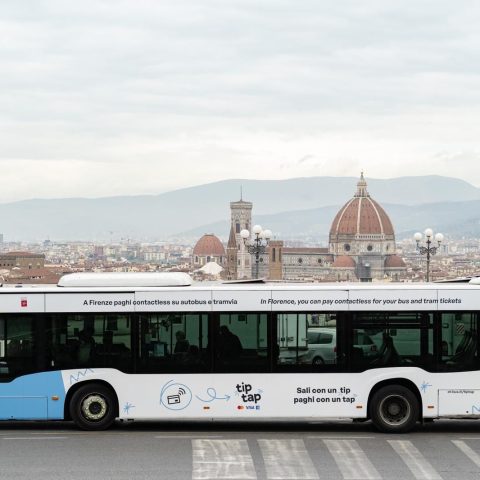
In recent years, the binge of funds put on the table by the National Recovery and Resilience Plan has allowed Italian transport operators, from North to South, to find themselves with millions and millions to invest in renewing urban bus fleets, strictly in the name of zero emissions. And so, in this five-year post-Covid period, italian cities have been invaded by e-buses. But the firepower of the PNRR is running out, the deadline set for June 30 2026 is approaching and, then, it becomes even more necessary to think of solutions to modernize the fleets also in self-financing, cutting emissions not only at the pipeline, but throughout the entire life cycle of the product.
In this context, there are those who have been working for some time now – in France and now also in Italy – riding the opportunity of retrofit, or the conversion of the engine from thermal to electric. This “who” has a name: Retrofleet. But let’s proceed slowly…
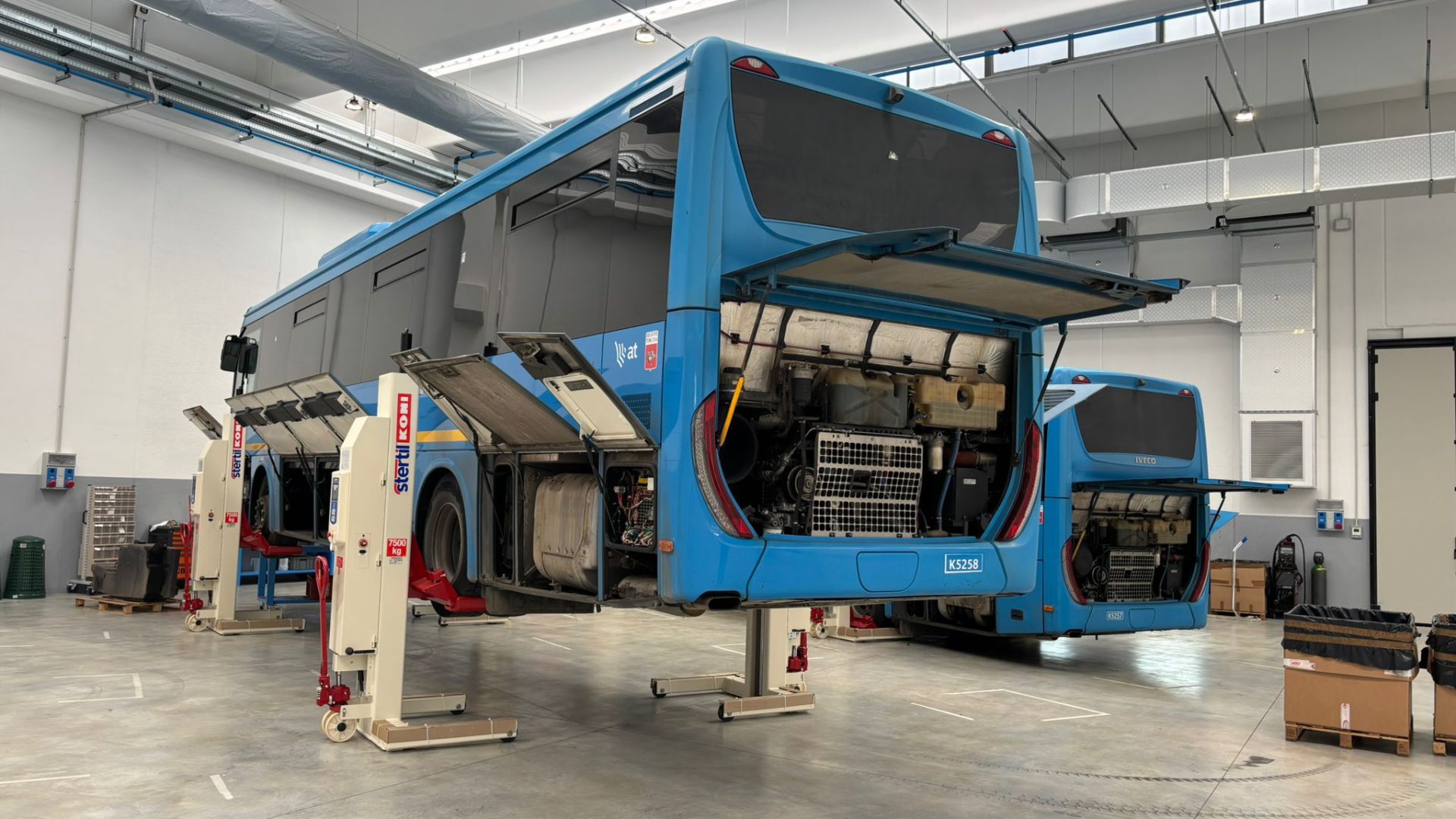
We were talking about France because the transalpine group CBM, of which Andrea Chiocchetti is president, at the beginning of 2024 acquired the company Retrofleet (based in Chambery), which is currently the only player to have obtained European approval for retrofitting and to have aldready retrofitted vehicles. In the wake of this experience, the Italian branch of CBM Company, namely the VAR of Grugliasco (Turin) has almost completed the process for obtaining the conversion of the aforementioned approval in Italy: a reality that on June 18 will inaugurate the 6,500 square meter site for the conversion and assembly of batteries and that has already taken on the most important one-shot order in Europe, that of Autolinee Toscane (branch of Ratp Dev Italia) for 32 vehicles.
The operator and the Tuscany region itself, in fact, believed in the opportunity: in this specific case, as underlined by the president of Ratp Italia, Federico Tonetti, just to give you some numbers, the conversion will allow to cut PM10 fine particles by 87% and save the annual emission of 2,800 tons of CO2, or the equivalent of the weight of four high-speed trains.
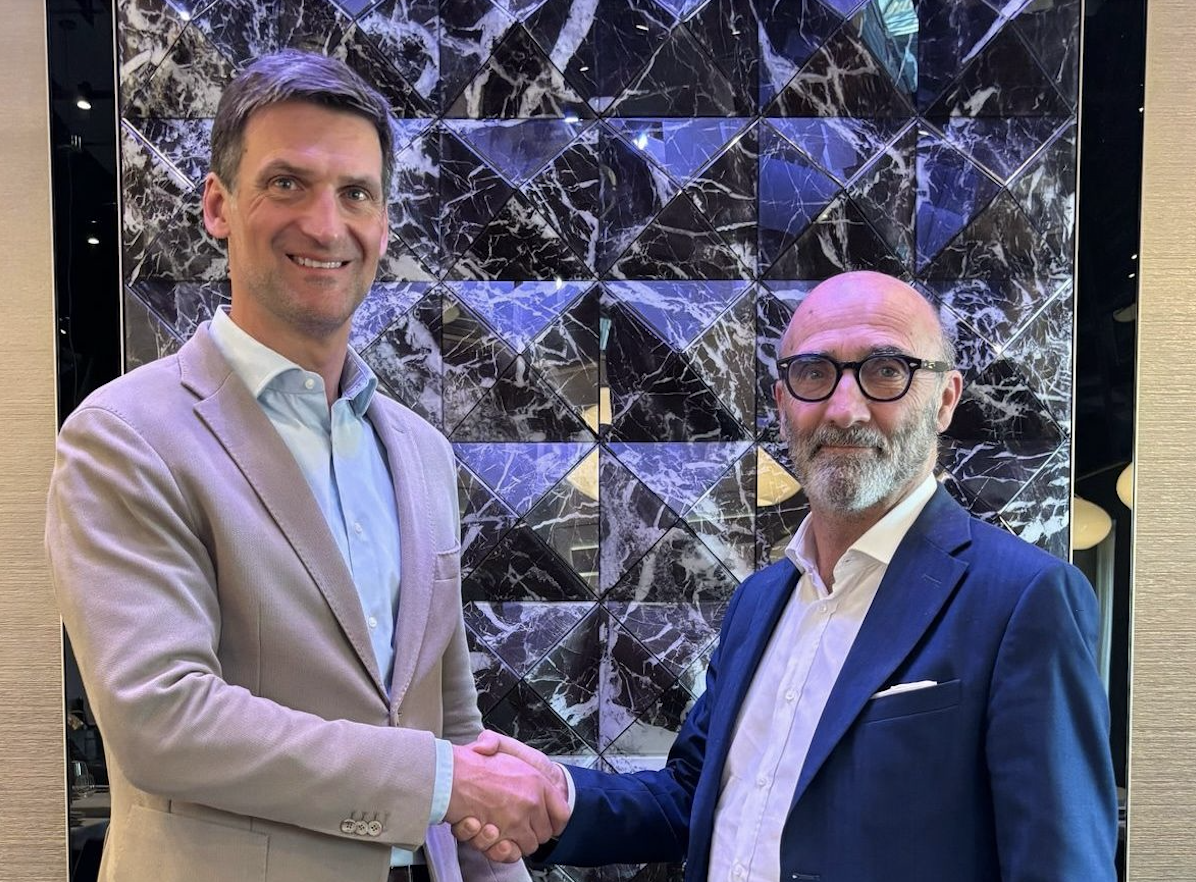
Why choose retrofit
«There is a lot of talk about fleet conversion, but why not also talk about, and above all, engine conversion? In France, Retrofleet has already put 120 vehicles into circulation that have clocked up around 5 million kilometres to date, and we have an order portfolio for another 240 pieces to be retrofitted. Given the average age of the fleet in Italy, it would have been a shame not to enter the Italian market: the first order in Italy for Autolinee Toscane is just the beginning!», Chiocchetti tells us, also explaining how the company’s core business is, at the moment, for obvious market reasons, the Class II and specifically two particular models: «The conversion method is identical for any bus, whether urban, intercity or tourist, but in Europe around 80% of intercity buses are Iveco Bus Crossway and Mercedes-Benz Intouro and it is in this segment that we have decided to enter. In the future, who knows…».
Here, Retrofleet currently has the approval to retrofit the Euro 6 Normal Floor diesel and gas Crossway (with Cursor and Tector engines) and the Euro 6 Intouro, but by the end of 2025 the Euro 5 and EEV Crossway Normal Floor Cursor will also be approved, and by late spring 2026 the Euro 6 diesel and gas Crossway LE will also be approved for their conversion. The reason is simple: there are so many of them in Italt. But it is not excluded, in fact, that in the future there will also be projects for gas city buses.
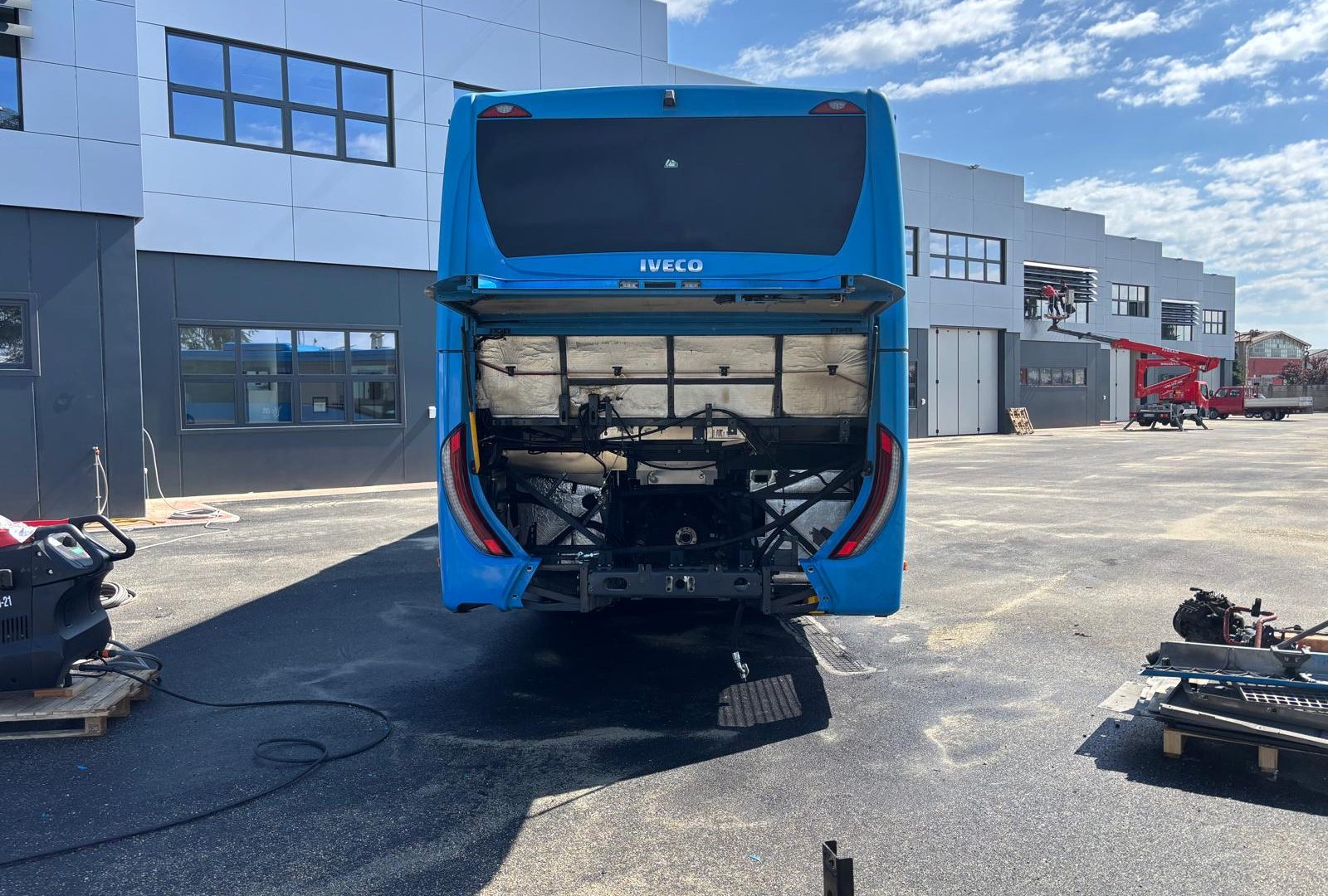
Costs and savings
The question arises spontaneously: how much does the retrofit process cost? Half, or rather, as Chiocchetti specifies, «a little less than half of the same new model with electric traction. With the money that an operator spends on a brand new electric intercity, he can retrofit two and even have something left over; in short, he saves, creates a real circular economy and finds himself with substantially new buses, if over the years he has done all the necessary maintenance. Now, this is the point: why scrap a vehicle that still has a lot to dare? Some may raise doubts about the chassis, okay, but that’s where we come in: thanks to our know-how in urban rail (more than 25 million euros in turnover in 2024, to give you a figure), a world in which halfway through the life of a tram, a metro and a train, a total overhaul is done, which is called a “mid-life overhaul”, chassis included – with our 3D scanners and our skills we examine the chassis and, if there is something to fix, with the owner’s consent, we fix it. And then we proceed with the retrofit. Et voilà».
And the savings are, if you like, double: «Customers who use retrofitted buses have an average cost saving that pays for the investment in an average of 5 years».
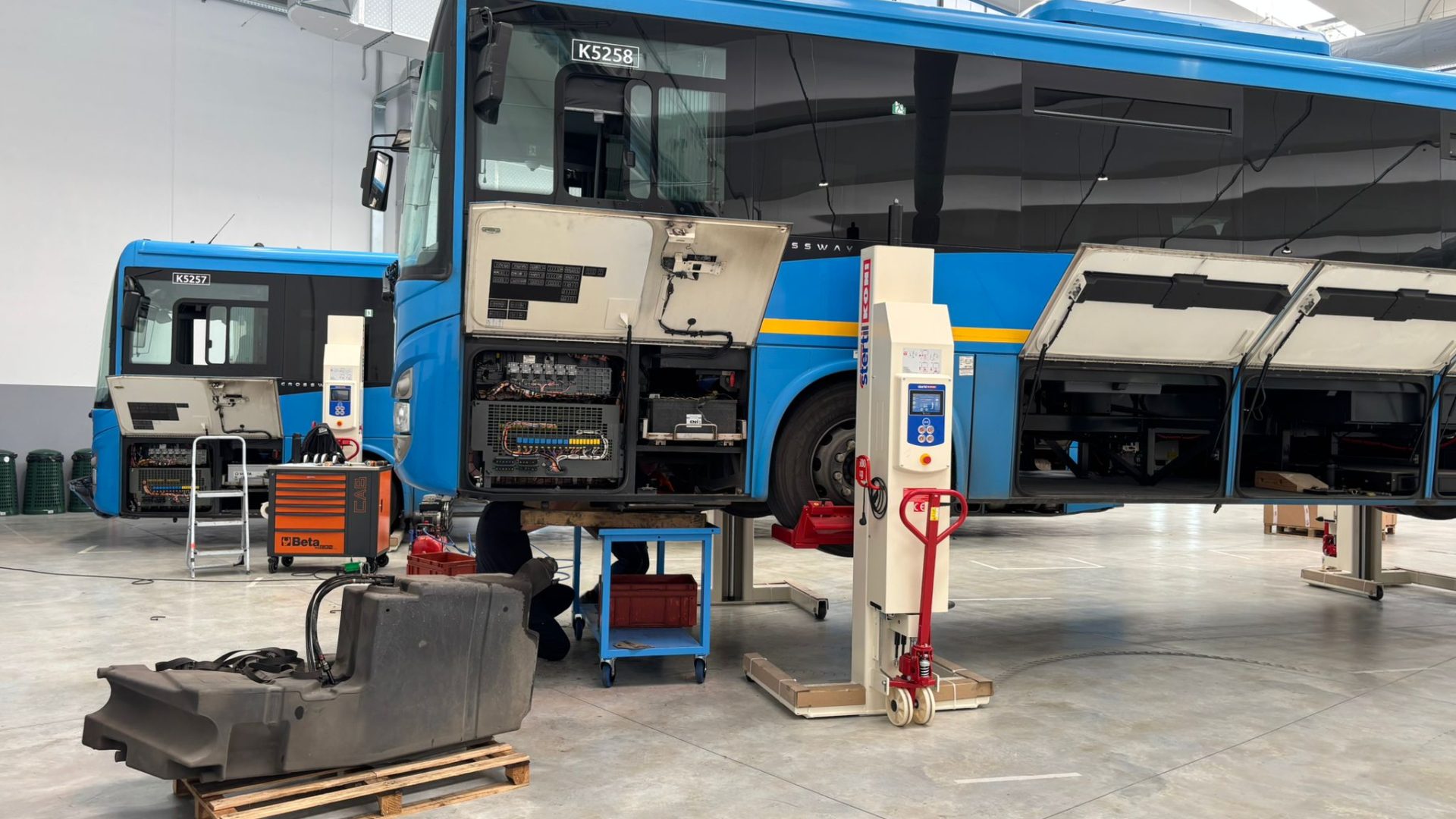
Timings, batteries and charcing infrastructure
Another advantage? The delivery times, really short. We know well about the hitches and delays in the supply chain, which have led OEMs to extend delivery times well beyond a year. Well, for the retrofit it is a whole different story: one month is enough. Of course, there are two-three months of waiting for the cells, which Retrofleet orders from China and then assembles in-house in Chambery and Grugliasco, but, from the order, obviously planning the deliveries depending on the size of the conversion order and compatibly with the stock in the warehouse, it does not go beyond 3 months plus 30 days to complete the conversion and deliver the reborn e-bus to the customer.
A further advantage follows: this time saving would shorten (and not by a little), the time to eliminate the number of (highly) polluting vehicles from Italian roads, which is the goal and meaning of the ecological transition. «In short, what we are doing is a true ecological transition!», underlines Chiocchetti.
Speaking of batteries, Retrofleet’s retrofit for the Crossway Normal Floor consists of installing three battery packs of 64 kWh each, for a total of 192 kWh, equal to at least 200 kilometers of autonomy. Two packs are placed exactly in the center of the vehicle (one on the right and one on the left) and one at the rear, replacing the old engine and gearbox. And Chiocchetti assures that the space occupied by the batteries takes away space on board for no more than six people standing.
The energy is orchestrated by the in-house developed Battery Management System, just as the charging infrastructure also bears the signature of Retrofleet: a company department, Mona Energy, in fact takes care of the completely customized and turnkey design of the installation of the charging columns: the result of this tailor-made design significantly increases the savings achieved by the conversion described above.
In short, a turnkey package and above all win-win.
